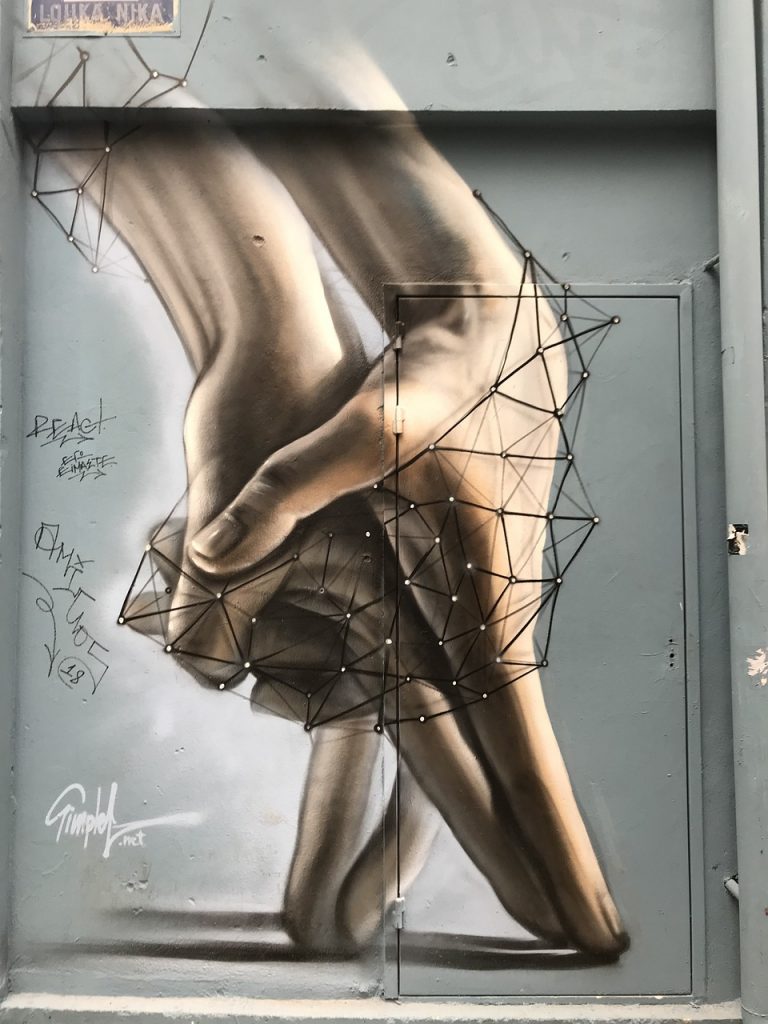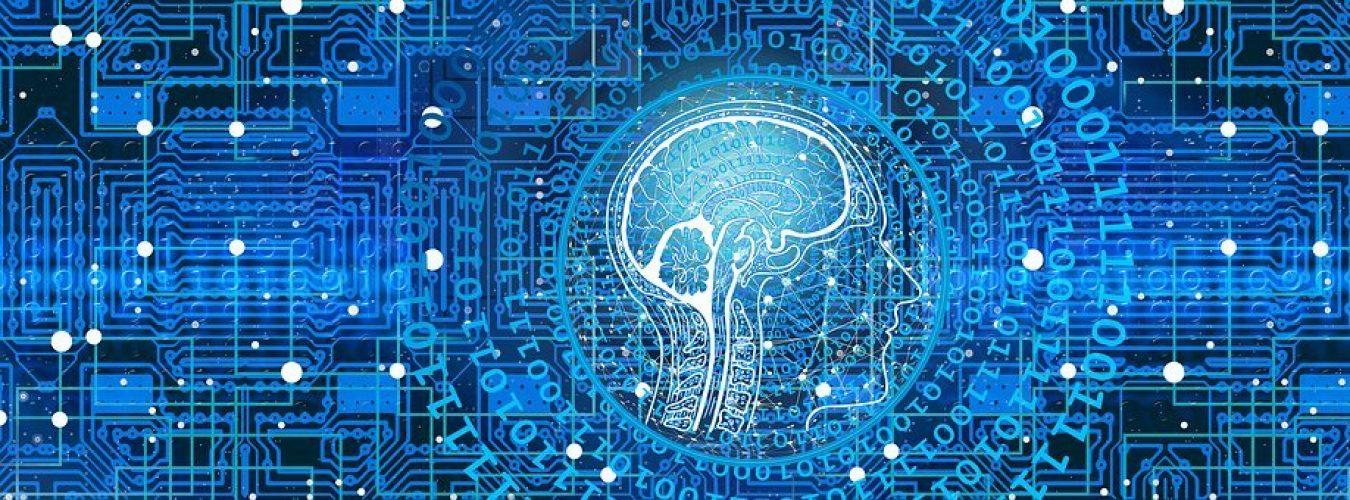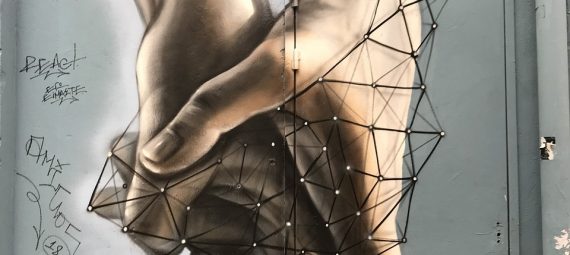Why AI Falls Short in True Creativity
Can machines truly be creative? Some argue yes, pointing to AI-generated art, music, and literature. However, upon closer examination, it becomes apparent that the creativity exhibited by AI is merely a permutation of existing information rather than genuine innovation. True creativity, as exemplified by pioneers like Isaac Newton, involves the generation of new knowledge to tackle previously unsolved problems. In this essay, I will argue that while AI can mimic creativity to an extent, it ultimately fails to embody the essence of true innovation due to its inability to generate entirely novel solutions by creating new knowledge.

Creativity, at its core, is the ability to transcend existing boundaries and conceive ideas that are original and valuable. It involves thinking beyond established norms and paradigms, often leading to groundbreaking discoveries and inventions. Take, for instance, the case of Isaac Newton. When faced with the problem of understanding the motion of celestial bodies, he didn’t merely manipulate existing knowledge. Instead, he recognized the limitations of the existing framework and pioneered the development of calculus to formulate his laws of motion and universal gravitation. Newton’s creativity lay not in rearranging existing concepts but in creating entirely new mathematical tools to solve previously insurmountable problems. Contrast this with the capabilities of AI. While AI systems excel at tasks such as pattern recognition, data analysis, and even generating artistic content, their creativity is constrained by the data they are trained on. AI algorithms operate within predefined parameters and can only produce outcomes based on the patterns inherent in the input data. In other words, AI can rearrange and interpolate existing information but lacks the capacity to generate entirely new knowledge from scratch.
Consider the example of DeepDream, a neural network developed by Google that generates surreal and visually striking images. While DeepDream produces mesmerizing artworks, its creativity is limited to remixing and distorting existing images fed into the system. It cannot conceive original ideas or innovate in the same way a human artist can. Similarly, AI-generated music and literature are often impressive in their mimicry of human creativity but lack the depth and emotional resonance of works born from genuine human inspiration. The crux of true creativity lies in the ability to identify gaps in knowledge and actively seek to fill them. This process involves not only solving existing problems but also posing new questions that push the boundaries of our understanding. Humans possess a unique capacity for curiosity and exploration that drives this creative process. We constantly seek to expand our knowledge and challenge existing paradigms, leading to paradigm shifts and scientific breakthroughs. AI lacks this inherent drive for exploration and discovery. AI systems are designed to optimize predefined objectives, whether it be maximizing accuracy in image classification or minimizing loss in a neural network. While AI can excel within these predefined tasks, it lacks the intrinsic motivation to question assumptions or explore uncharted territories. Without this fundamental drive for discovery, AI is limited to operating within the confines of existing knowledge, unable to venture into the realm of true innovation. the creative process often involves moments of serendipity and intuition — qualities that are inherently human and difficult to replicate in machines. Humans draw upon a rich tapestry of personal experiences, emotions, and cultural influences to inspire their creative endeavors. While AI can analyze vast amounts of data and detect correlations, it cannot experience the world in the same nuanced and subjective manner as humans. As a result, AI-generated outputs may lack the depth, authenticity, and originality that characterize truly creative works.
So, while AI has made remarkable strides in mimicking certain aspects of human creativity, it ultimately falls short of embodying the essence of true innovation. True creativity involves more than just rearranging existing information; it requires the ability to generate entirely new knowledge and insights. As exemplified by visionaries like Isaac Newton, genuine creativity entails identifying gaps in knowledge and actively seeking to fill them. While AI may excel at tasks within predefined domains, its lack of intrinsic motivation, intuition, and capacity for genuine discovery relegates it to the role of a tool rather than a true creative agent. As we continue to explore the frontiers of AI research, it is essential to recognize and appreciate the unique qualities that distinguish human creativity from machine mimicry.

